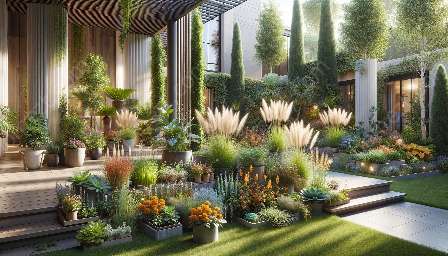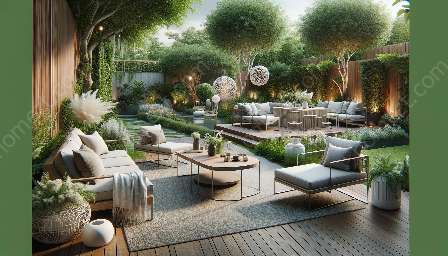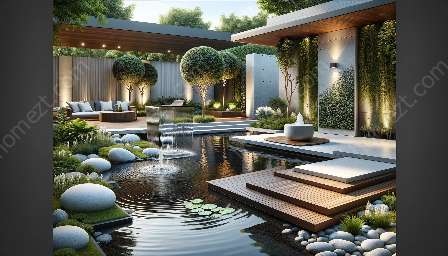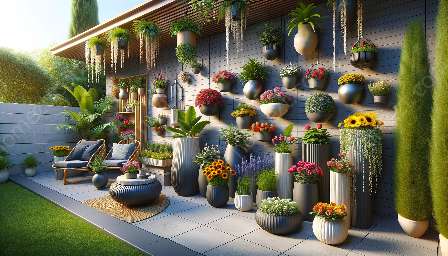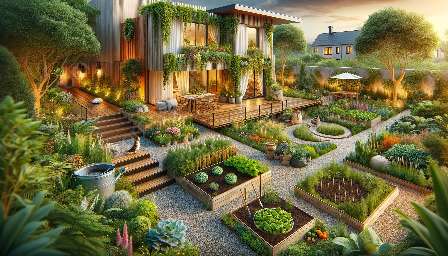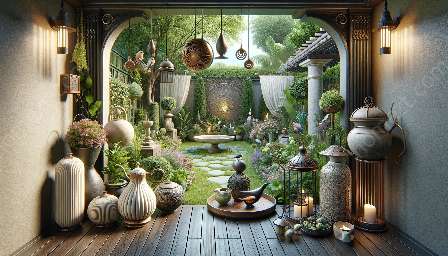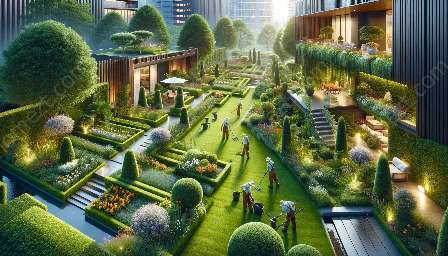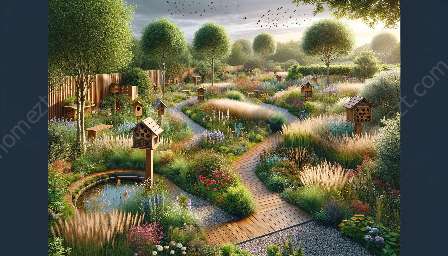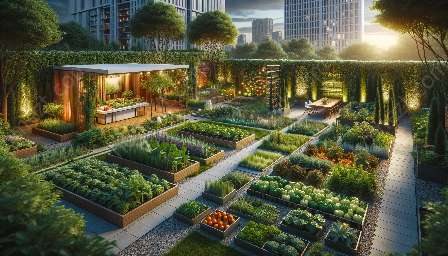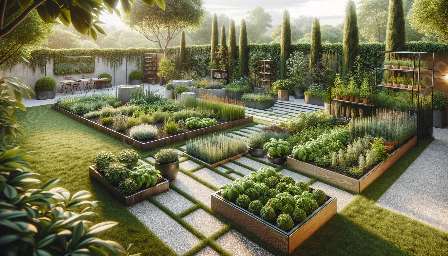Creating wildlife habitats in your garden design not only enhances the natural beauty of your outdoor space but also supports biodiversity and conservation efforts. By integrating these habitats into your home furnishings, you can cultivate a harmonious and sustainable environment that benefits both wildlife and human inhabitants.
The Importance of Wildlife Habitats
Wildlife habitats play a crucial role in maintaining ecological balance and preserving biodiversity. They provide shelter, food, and breeding grounds for a wide range of species, including birds, insects, small mammals, and native plants. By creating wildlife-friendly environments, you contribute to the overall health of ecosystems and help protect endangered species.
Designing Wildlife-Friendly Gardens
When planning your garden design, consider incorporating elements that attract and support wildlife. Planting native flowers, shrubs, and trees provides essential food sources and habitats for local wildlife. Creating diverse layers of vegetation can offer shelter and nesting opportunities for birds and insects. Additionally, including features such as bird feeders, bee hotels, and water sources, like ponds or birdbaths, can further enrich the habitat.
Integrating Wildlife Habitats into Home Furnishings
Extend the concept of wildlife habitats into your home decor and furnishings. Consider using sustainable and natural materials, such as bamboo or reclaimed wood, in your furniture and decor pieces. Opt for textiles and upholstery that are eco-friendly and ethically sourced. Integrate art and decor inspired by natural elements and wildlife to bring the outdoors inside.
Putting It All Together: Wildlife-Friendly Garden and Home
By harmonizing wildlife habitats with garden design and home furnishings, you can create a holistic and inviting environment. Choose garden features and furniture that complement the natural surroundings and contribute to the overall wildlife-friendly atmosphere. Deliberately placed benches, seating areas, and outdoor lighting can provide spaces for both you and wildlife to enjoy. Embrace the beauty of nature in your outdoor living area by focusing on sustainable and wildlife-supportive design choices.
Building Sustainable Practices
Support wildlife habitats by practicing sustainable gardening and responsible consumer choices. Minimize the use of chemical pesticides and fertilizers to create a safe environment for wildlife. Embrace organic gardening practices and consider incorporating composting and water conservation methods into your garden routine. When selecting home furnishings, prioritize products with eco-friendly certifications and ethical manufacturing practices.
Conclusion
Creating wildlife habitats in your garden design and incorporating them into your home furnishings is a meaningful and impactful way to connect with nature and support biodiversity. By nurturing these habitats, you can make a positive difference for local wildlife while enjoying a beautiful and sustainable outdoor living space.



